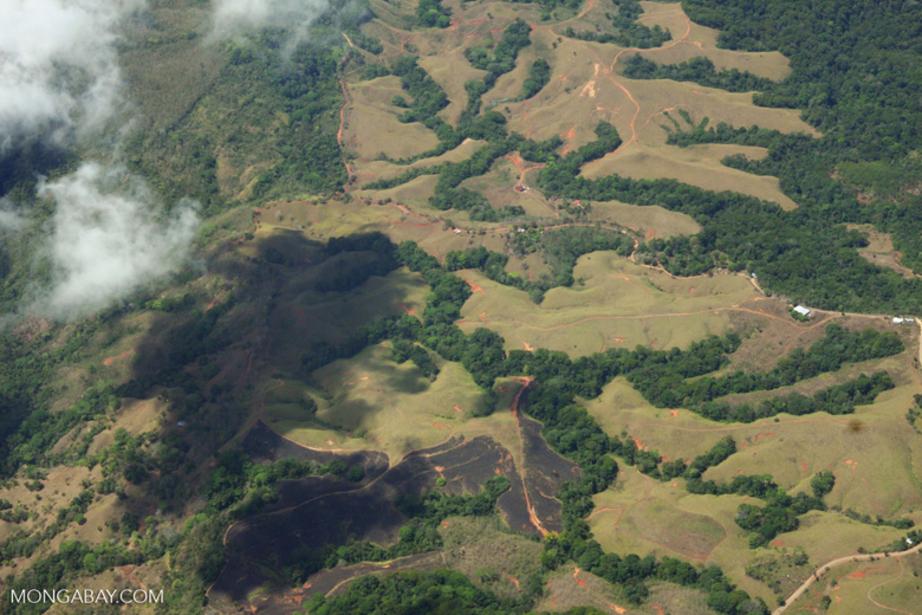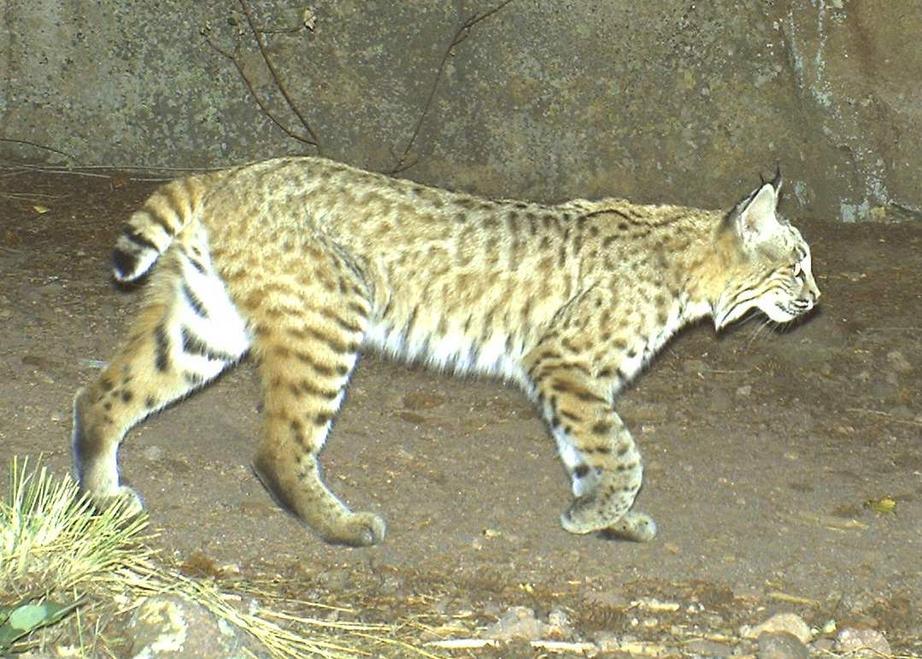As habitat fragmentation increases, so does extinction risk
After quantifying the extent of habitat fragmentation faced by 4,000 mammal species, researchers found higher levels of fragmentation predict greater risk of extinction.
- A new study published in the Proceedings of the National Academy of Sciences (PNAS), set out to quantify habitat fragmentation and extinction risk for more than 4,000 land-dwelling mammal species.
- Even when accounting for factors like range and body size, fragmentation was found to be a significant predictor of extinction risk.
- The study also mapped "fragmentation hotspots," and found that very little high-suitability mammalian habitat falls within protected areas.
Researchers have long assumed that when animals are left without large areas of intact habitat, they are at greater risk of extinction: fragmentation leaves animals confined to ever-smaller areas, restricting movement and gene flow and leaving species vulnerable to threats ranging from poachers to climate.
A study published July 3 in the Proceedings of the National Academy of Sciences (PNAS) set out to quantify this risk for more than 4,000 land-dwelling mammal species across the globe — and found that species with more fragmented habitats were at greater risk of extinction.
This link persisted even when researchers accounted for other factors including species’ body size and overall range size.
“We used statistical models that evaluated the relative contribution of fragmentation and geographic range size, as well as body size, on extinction risk,” lead author Kevin Crooks, a professor in Colorado State University’s Department of Fish, Wildlife, and Conservation Biology, told Mongabay by email. “The statistical models indicate that fragmentation is still an important predictor of extinction risk after statistically accounting for the effects of range size and body size. Statistical models that included fragmentation had the greatest weight of evidence from the data.”

Aerial view of forest fragments in Costa Rica. Photo by Rhett A. Butler for Mongabay.
The research team — which arose from a long-term collaboration between Colorado State University and Sapienza University in Rome, Italy — used high-resolution habitat-suitability models to measure the degree of fragmentation facing 4,018 species from 26 mammalian orders. The scientists then analyzed the relationship between habitat fragmentation and extinction risk, as assessed by the IUCN Red List.
This, the researchers note, was the first time this link had been quantified for a major group of animals on a global scale.
“Perhaps the most surprising finding was that mammals not currently listed as threatened by the IUCN (including Near Threatened and Data Deficient species) have higher levels of fragmentation within their known ranges,” Crooks said. “This suggests that the threat of fragmentation exists at the earliest and least understood stages of endangerment.”
The team also created global maps identifying both key areas of intact habitats and “fragmentation hotspots” for mammals. Among key areas of concern are South America outside of the Amazon Basin, and parts of south-central Asia, eastern North America and Europe. Human activity such as urban development and deforestation are major drivers of fragmentation in these areas.

Lead author Kevin Crooks has previously studied urban fragmentation of large carnivores, including bobcats, in southern California. Photo courtesy of Kevin Crooks.
Significantly, the researchers found that very little key mammalian habitat has been set aside for conservation. Only 3.6 percent of the average species’ range was found to consist of “high-suitability habitat” (defined as preferred habitat where a particular species can persist) located within known protected areas. With 15 percent of global land area currently set aside for conservation, these findings highlight “the inadequacy of the global network of protected areas,” the study concludes.
“[H]abitat fragmentation is a primary threat to biological diversity worldwide,” Crooks said. “For the first time in Earth’s history, one species — Homo sapiens (or humans) — dominates the globe. In contrast to prior eras, we travel and communicate across the entire planet. Unfortunately, the more ‘connected’ we become, non-human life with which we share this planet becomes increasingly disconnected, at their peril.
“Although habitat fragmentation needs to be addressed urgently, we also emphasize that it is a manageable global conservation challenge. The findings of the study warrant intensified efforts to protect remnant habitat patches, as well as to restore connectivity to fragmented landscapes through conservation tools such as wildlife corridors and habitat linkages.”
In the future, Crooks said, he hopes such quantitative measures of fragmentation can be incorporated into extinction risk assessments, such as those carried out by the IUCN, in order to help identify strategic conservation priorities.
An important next step, Crooks added, is to apply the team’s model on the local scale, and validate their findings with field data on mammal distribution and habitat use. “This will help to more thoroughly assess their utility for real-world conservation application,” Crooks said.

Forest fragmentation due to oil palm plantations in Indonesia. Photo by Rhett A. Butler for Mongabay.
For the rest of this article please go to source link below.
For full references please use source link below.

